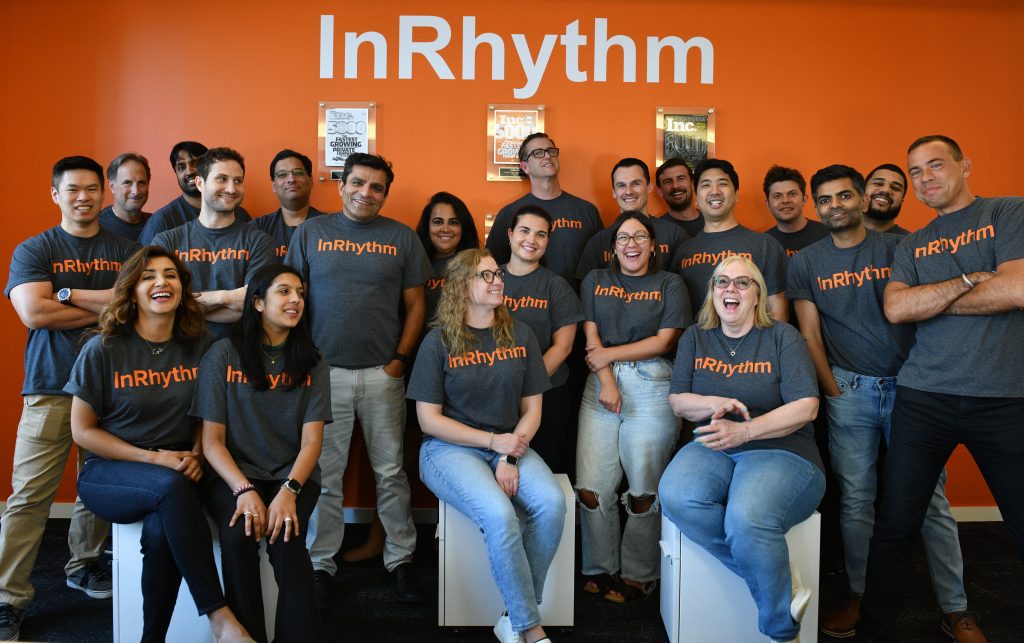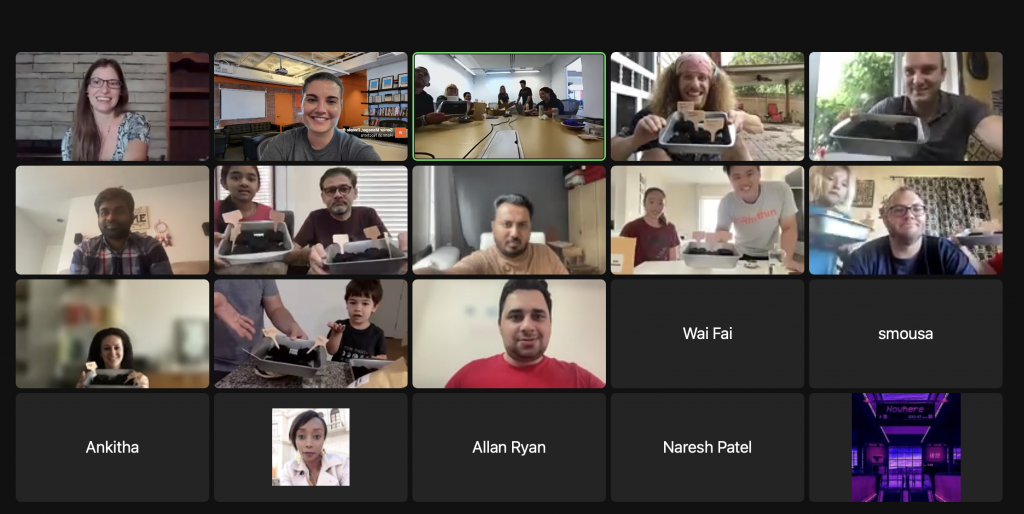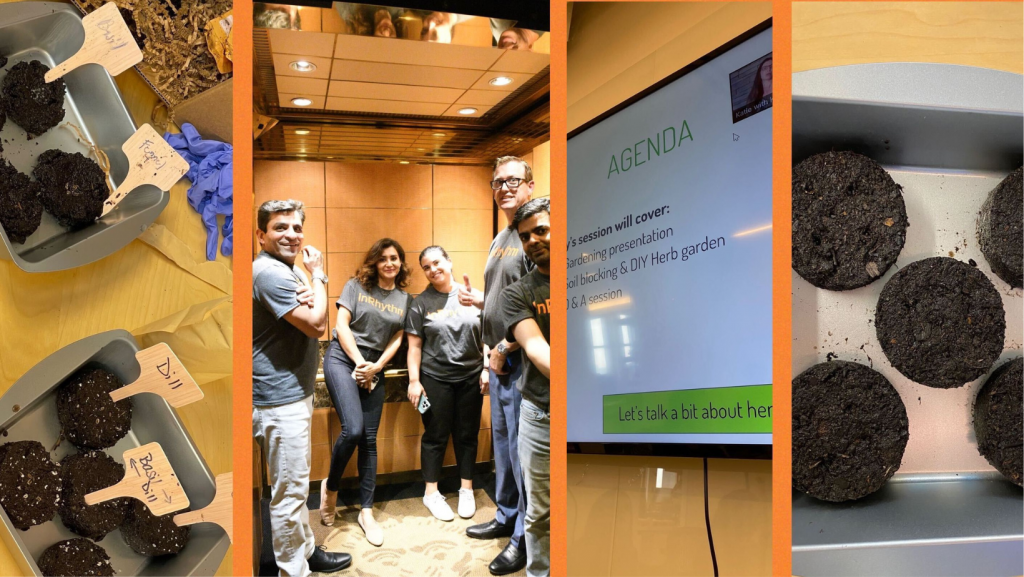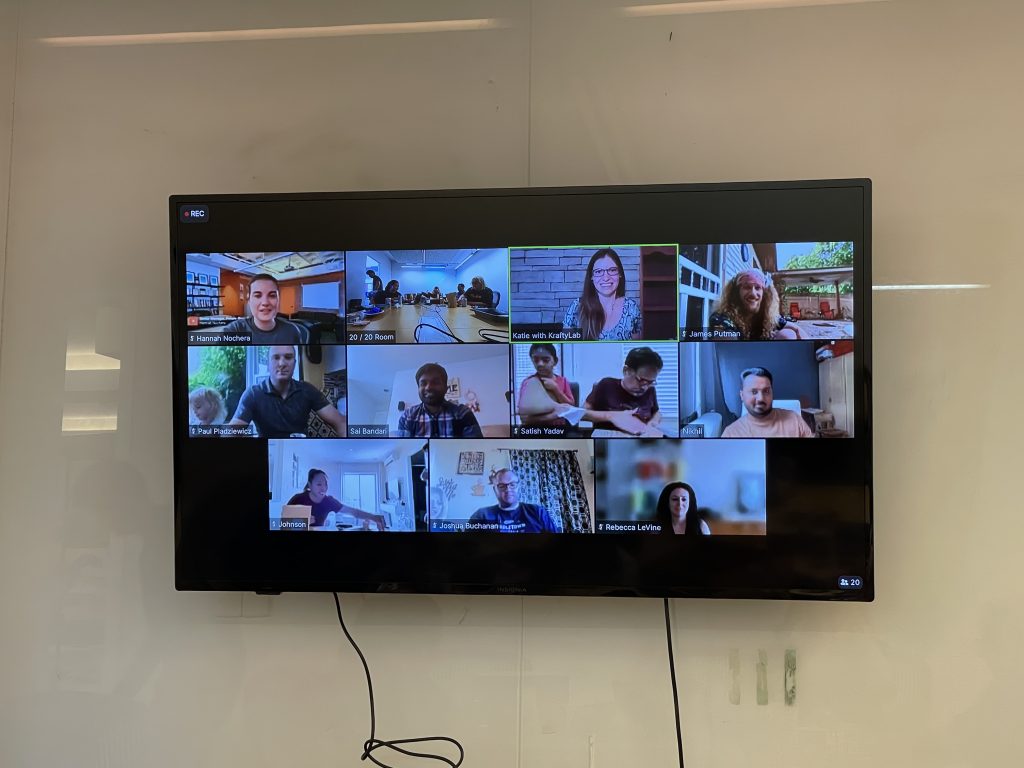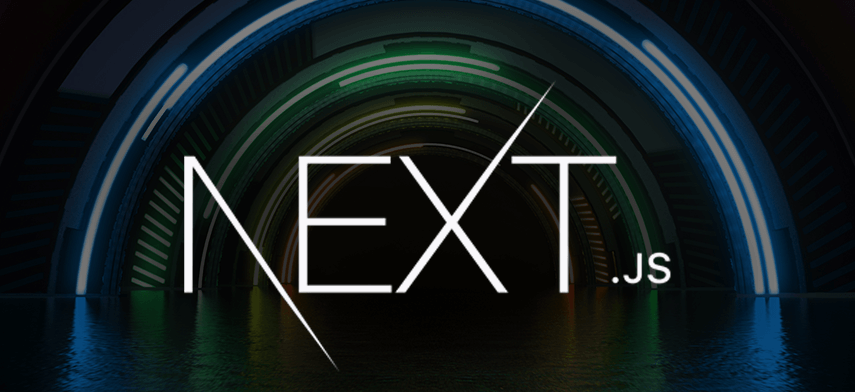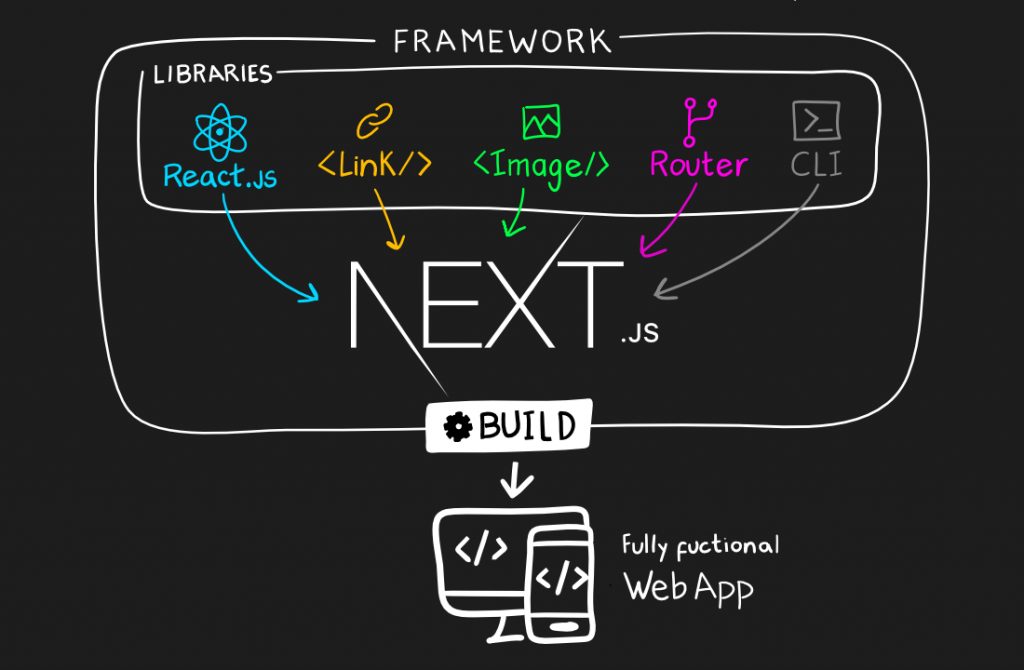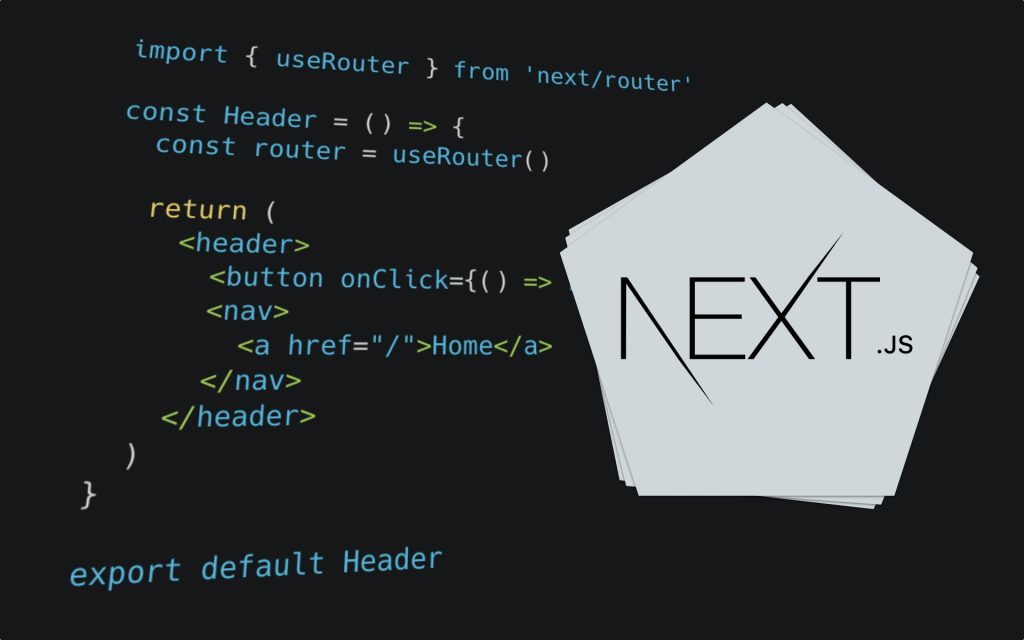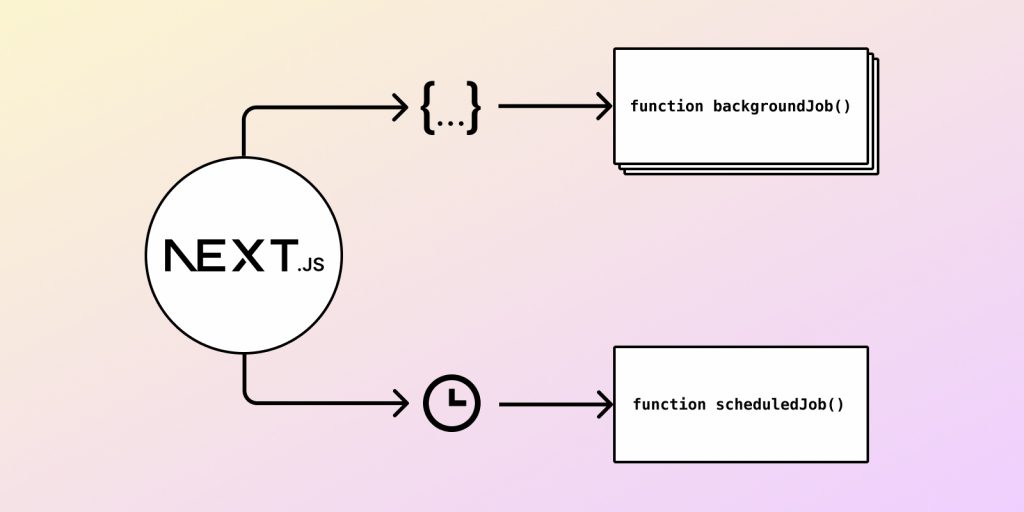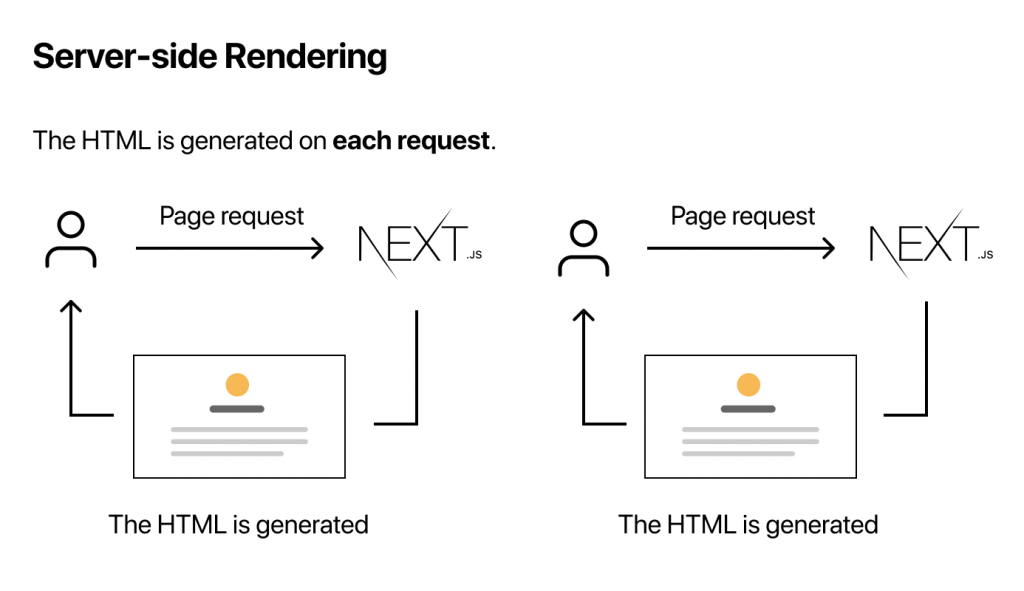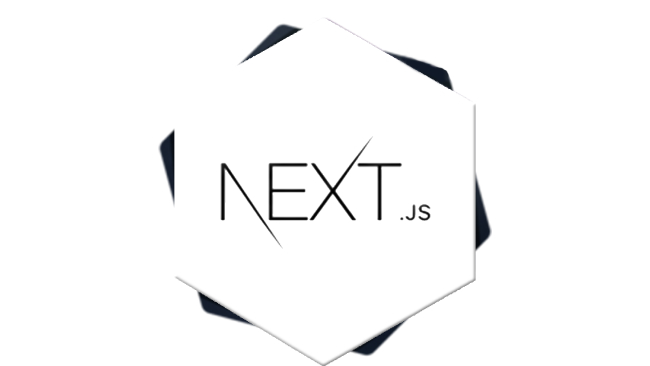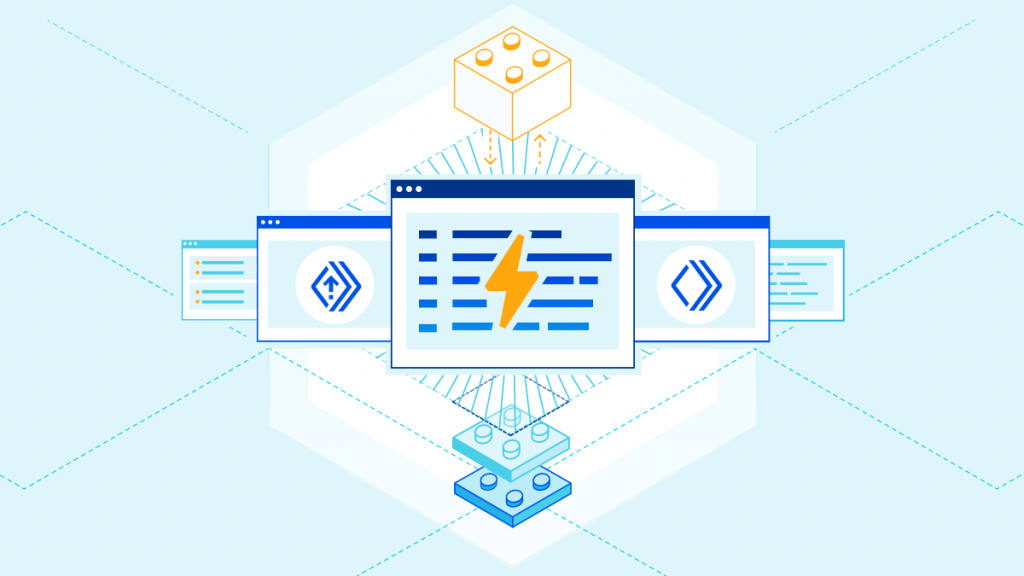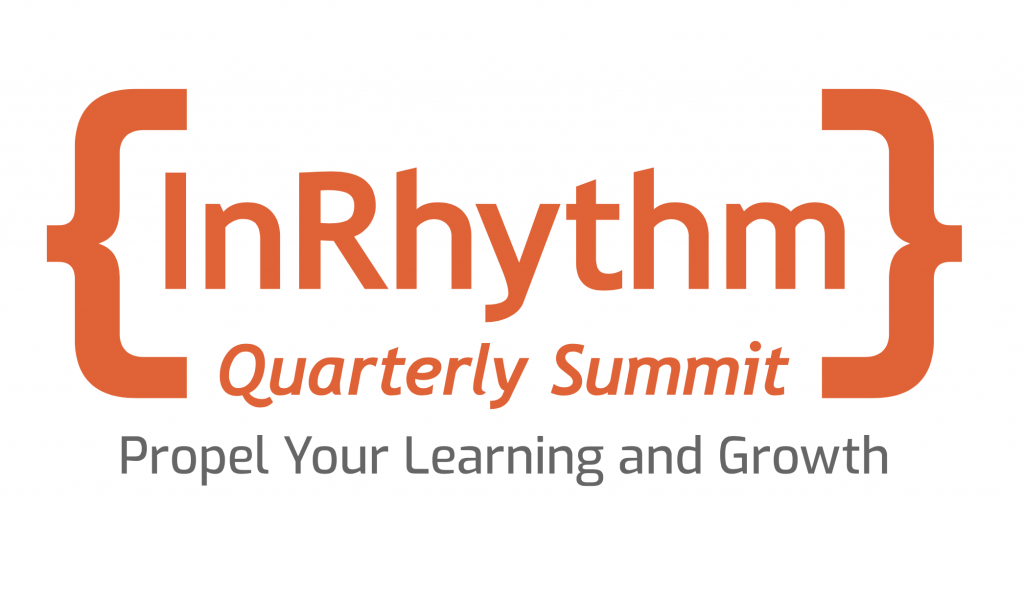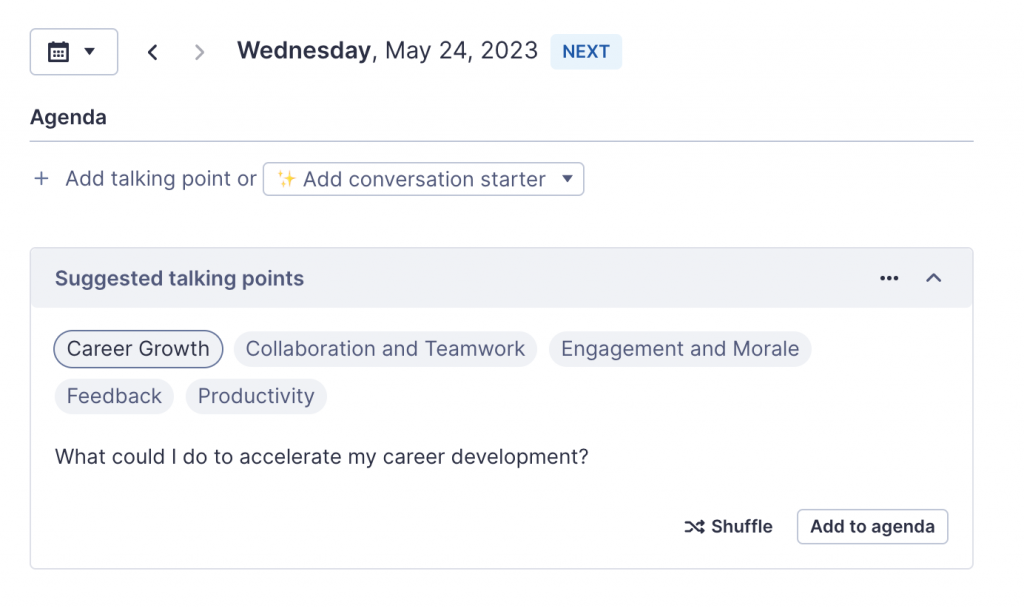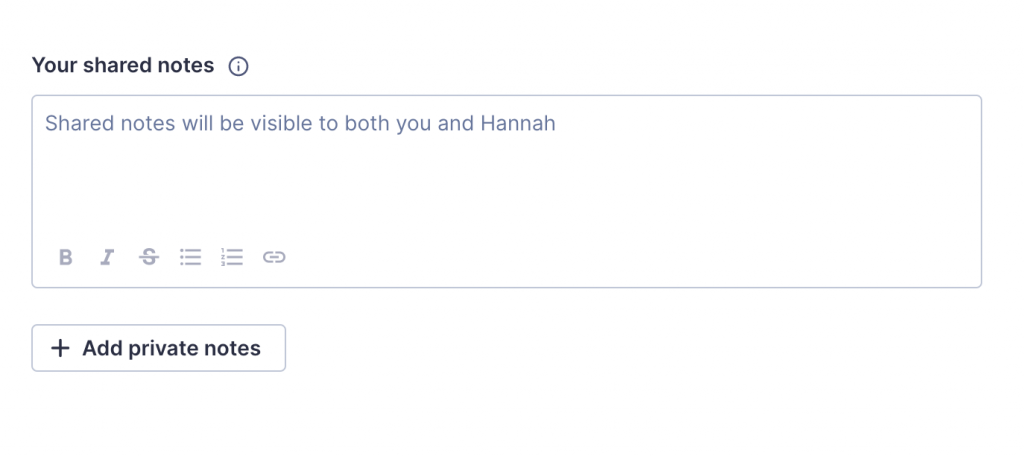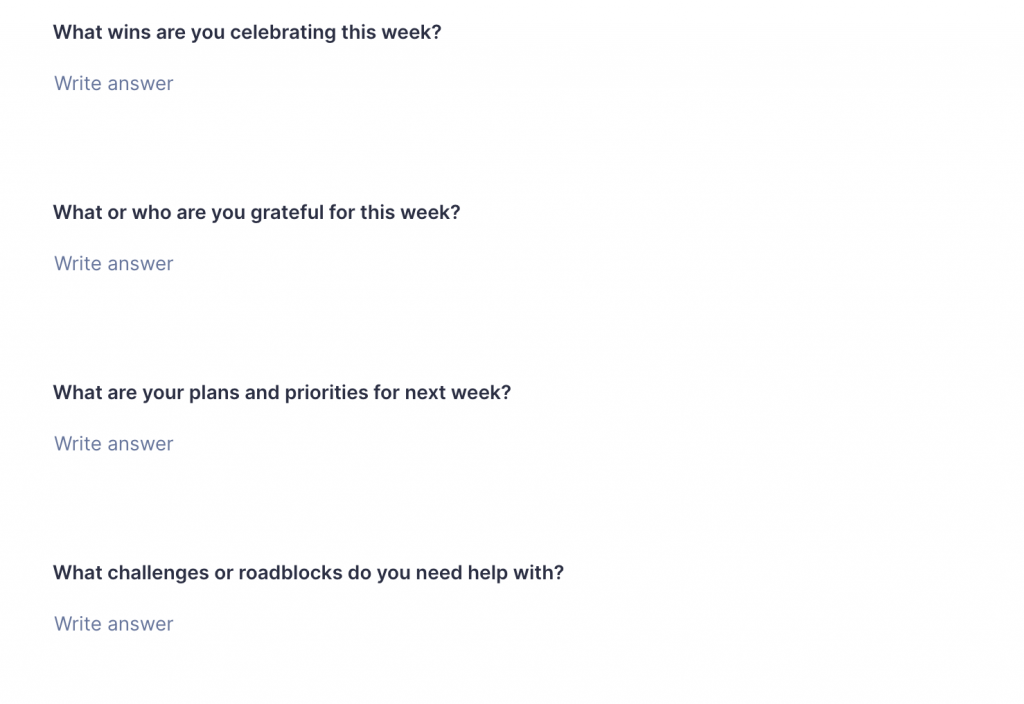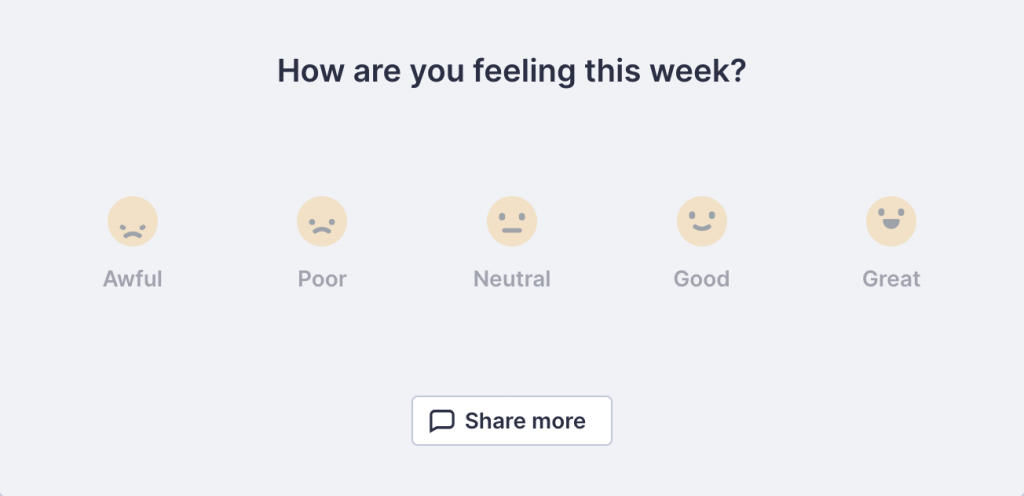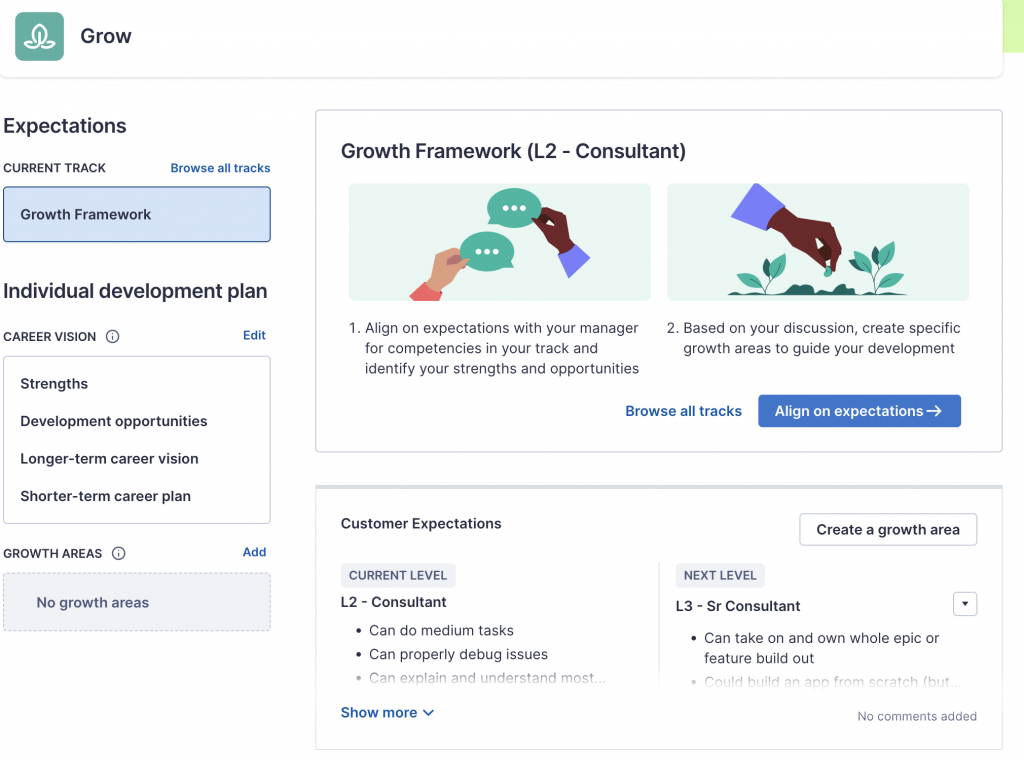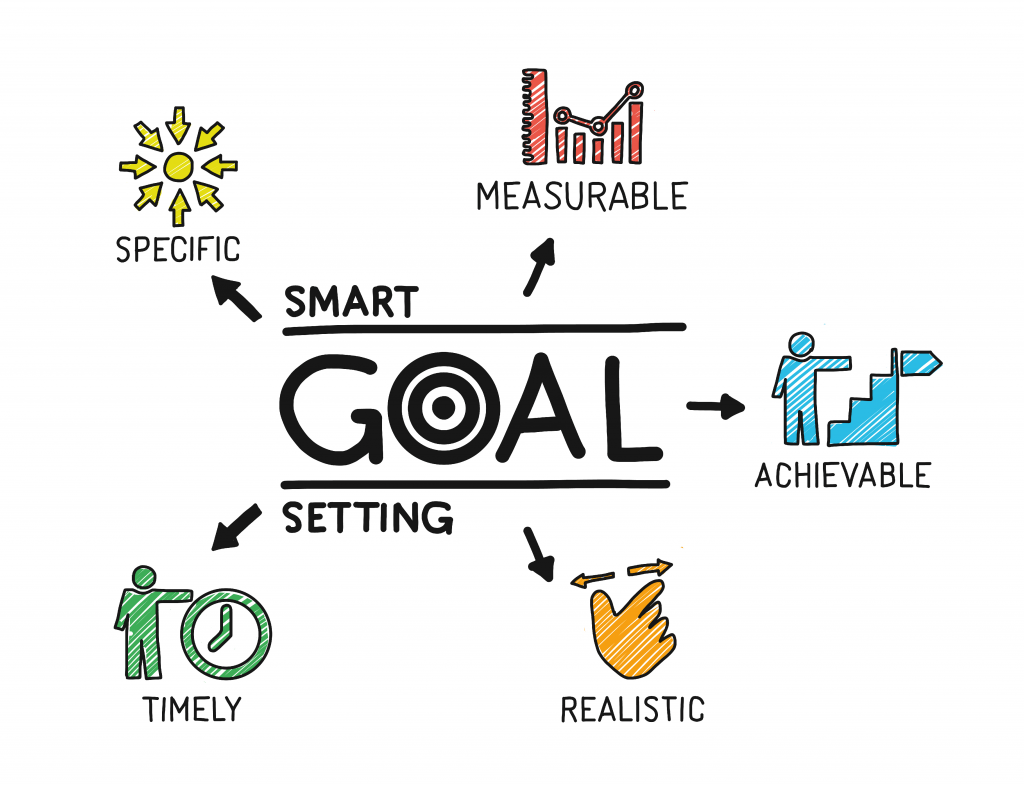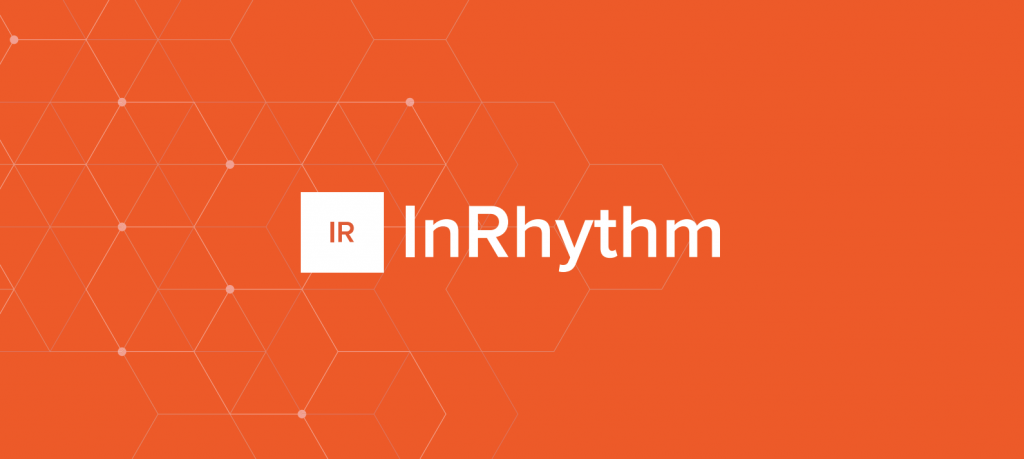
New York, NY — As the year draws to a close, InRhythm proudly reflects on a year of outstanding achievements, marked by thought leadership highlights and robust growth metrics. Throughout 2023, InRhythm has not only solidified its position as a leading authority in the technology space but has also witnessed remarkable progress in its Learning and Growth mission.
Learning And Growth Mission
At the core of InRhythm’s success lies its unwavering commitment to Learning and Growth. With over 17,000 engaged, organic readers across over 60 technical articles, 50 enlightening Lightning Talks, and 13 empowering Propel Workshops, InRhythm’s impact has reached far beyond traditional project objectives. The focus on continuous learning has not only elevated the skills of its consultants but has also fostered an atmosphere of innovation and collaboration.
Thought Leadership Highlights
InRhythm’s thought leadership initiatives have been pivotal in shaping industry conversations. Through insightful articles, engaging Lightning Talks, and interactive workshops, InRhythm has demonstrated its commitment to sharing knowledge with passion and dedication.
Kaela A. Coppinger, the Marketing and Social Media Coordinator at InRhythm, has played a crucial role in driving these initiatives. Her organic thought leadership campaigns have not only evolved the InRhythm brand but have set the stage for even more impactful programs in the coming year.
Growth Metrics
In 2023, InRhythm’s thought leadership initiatives have seen exponential growth. The organic engagement with our content reflects the industry’s trust in our expertise. With an impressive over 6,834 new LinkedIn followers, representing a 32% organic increase from the beginning of the year, and a 35% overall organic year-to-year increase, InRhythm has solidified its presence on this crucial professional network.
LinkedIn Newsletter subscribers have witnessed a 46% organic increase from the beginning of the year, and a remarkable 101% overall organic year-to-year increase, totaling over 2,590 subscribers to date.
Top Five Articles Of 2023
- Closures vs. Combine vs. Async Await: Exploring asynchronous programming techniques, resonating with a broad audience interested in programming intricacies.
- Modern Scalable iOS Architecture: Navigating the future of iOS development and scalable architecture, capturing the interest of technology enthusiasts.
- Building Robust iOS Applications: The Art Of Modularization: Delving into modularization in iOS development, striking a chord with software engineers seeking robust application frameworks.
- A Comprehensive Introduction To Swift Package Manager: Addressing the curiosity around Swift Package Manager and its role in programming and iOS development.
- Mastering iOS Navigation: A Deep Dive Into Pragmatic Design: Providing insights into iOS navigation and pragmatic design, appealing to developers and designers alike.
Content Our Audience Loved
InRhythm’s journey through 2023 has been marked by meaningful engagements, deep dives into tech intricacies, and a commitment to shaping the evolving tech landscape. As we reflect on our year in thought leadership, several key takeaways illuminate our path forward:
- Audience Interests And Engagement
- Top Five Articles: Our audience exhibited a keen interest in programming, technology, software engineering, and iOS development. Articles delving into these subjects resonated the most.
- Engagement Metrics: Closures vs. Combine vs. Async Await garnered the highest engagement, with 7.3K views and 4K reads.
- Traffic Sources And Organic Reach
- Internal Referrals: Our own platforms were instrumental in driving traffic, with internal referrals accounting for the majority of views and reads across articles.
- External Referrals: External sources, especially Google and LinkedIn, played a pivotal role in expanding our organic reach.
- Content Themes and Success
- Scalable iOS Architecture: Articles focusing on scalable iOS architecture demonstrated a significant impact, showcasing the audience’s hunger for content exploring the future of iOS development.
- Modularization and Robust iOS Apps: Building Robust iOS Applications: The Art Of Modularization resonated with our audience, emphasizing their interest in creating robust applications.
- Learning And Growth Mission
- Our commitment to fostering continuous learning and growth echoed through our content. The top-performing articles not only informed but inspired conversations within the tech community.
- Uplifting Thought Leadership Programs
- Lightning Talks and Workshops: Beyond articles, our Lightning Talks and Propel Workshops solidified our position as a thought leader. These interactive sessions contributed to our engagement metrics and strengthened our connection with the tech community.
Looking Ahead
As we step into 2024, InRhythm is poised to build on its success. The focus will remain on expanding thought leadership programs, creating impactful content, and connecting with an even broader audience. InRhythm’s unique position as a thought leader in the evolving technology space sets it apart in its customer-first focus. The goal is not just to meet client expectations but to revolutionize and innovate, setting new standards for excellence.
InRhythm’s year-end success is not just a reflection of metrics; it’s a testament to the dedication of every InRhythmer. The journey of exploration, innovation, and shared growth continues. Here’s to an inspiring and prosperous 2024!
About InRhythm
InRhythm is a leading modern product consultancy and digital innovation firm with a mission to make a dent in the digital economy. Founded in 2002, InRhythm is currently engaged by Fortune 50 enterprises and scale-ups to bring their next generation of modern digital products and platforms to market. InRhythm has helped hundreds of teams launch mission-critical products that have created a positive impact worth billions of dollars. The projects we work on literally change the world.
InRhythm’s unique capabilities of Product Innovation and Platform Modernization services are the most sought-after. The InRhythm team of A+ thought leaders don’t just “get a job,” they join the company to do what they love. InRhythm has a “who’s who” clients list and has barely scratched the surface in terms of providing those clients the digital solutions they need to compete. From greenfield to tier-one builds, our clients look to us to deliver their mission-critical projects in the fields of product strategy, design, cloud native applications, as well as mobile and web development.
To learn more about our thought leadership programming, please visit our Learning and Growth blog along with our full library of Lightning Talks.
